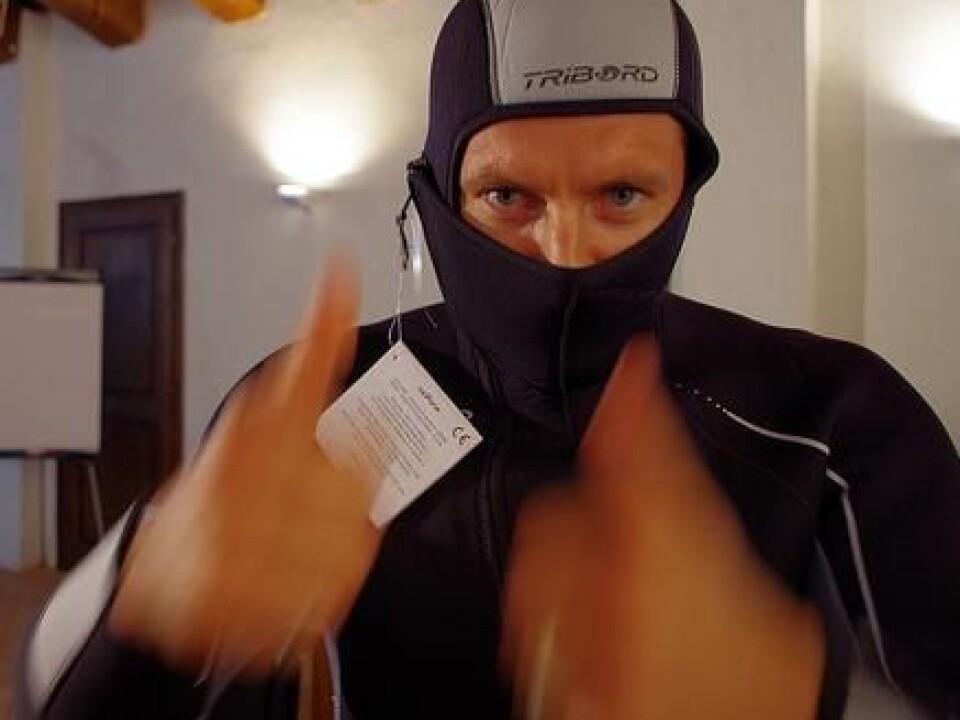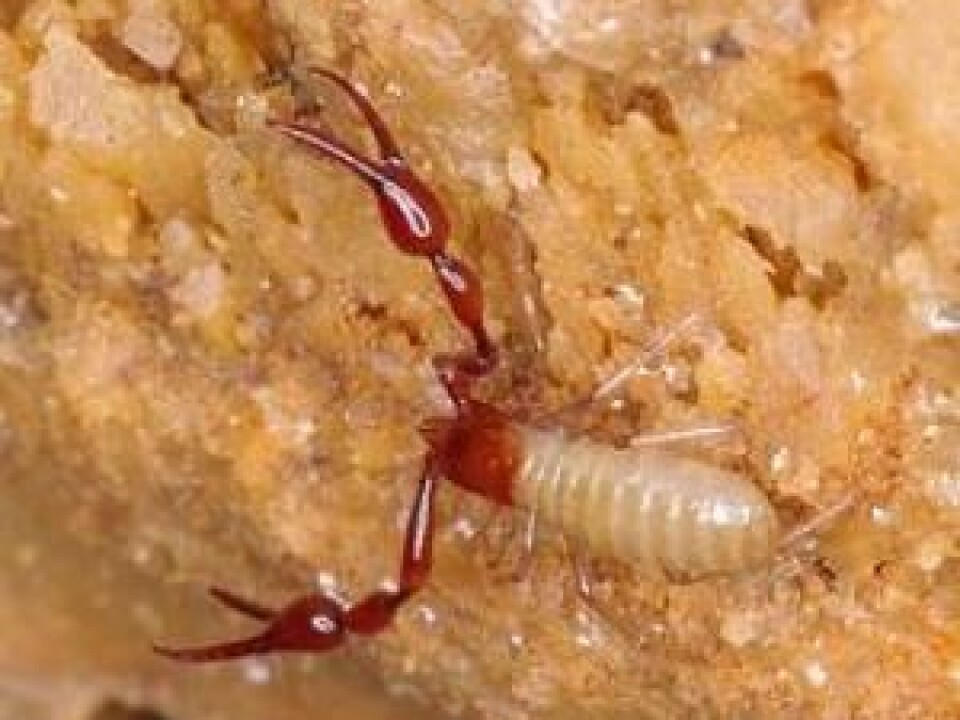
Astronauts go underground
Today, the European Space Agency (ESA) is sending six astronauts down into a cave to prepare them for life in space.
It sounds a bit weird to prepare for a trip into space by going down into a cave in the Italian island of Sardinia, doesn’t it?
But there’s a deeper meaning to it, says one of the astronauts, Andreas Mogensen, of DTU Space, a department at the Technical University of Denmark.
“Just like on the ISS (the International Space Station) there’s no sunlight down there and that affects your circadian rhythm. And many of the stress effects will be similar to those you experience up in space. So in many ways it’s reminiscent of a stay at the ISS.”
Busy programme
Together with five other astronauts from Canada, Japan, Russia and the US, Mogensen will be spending six days underground in total darkness and in total isolation from the outside world.

Here the six astronauts will explore and map the caves and go through a scientific programme which includes searching for life – just like they would on a mission to another planet.
“We have a busy schedule ahead of us. The tasks include collecting biological samples and trying to figure out how the cave was created and which forms of life live down there,” says Mogensen.
"Some of the instructors have previously found new forms of life in the cave – so it will be very exciting."
Team-building and jump training
The expedition is called ESA CAVES which, as is so common in space-talk, is an acronym: Cooperative Adventure for Valuing and Exercising human behavior and performance Skills.

”Our training usually consists of learning about various space procedures, safety and computer systems,” he says.
“This expedition, however, is mainly a team-building exercise where we learn to work effectively in stressful situations.”
The initial preparations for the expedition have consisted of jump training with ropes and getting to know one another by talking about the culture each of the astronauts comes from, he explains.
Understanding each other’s background is of great importance when people from widely different cultures are isolated together like they are on a space station.
Eager to learn
One half of the astronauts in the CAVES project have already been up in space, while the other half have yet to make their space debut.
Mogensen is looking forward to learning from his more experienced colleagues and to see how he will react when the sun and his sense of time suddenly disappear.
Denmark’s first astronaut
He completed his training as an astronaut at ESA in 2009 and thus became the first Danish astronaut. He’s part of the group that has yet to go into space, but he remains hopeful:
"My space debut doesn’t lie just around the corner, but I hope to get up there some time between 2016 and 2019 – most likely on a six-month mission aboard the ISS.”
You can follow the astronauts’ underground expedition on Twitter, Flickr and Youtube.'
------------------------------------
Read the Danish version of this article at videnskab.dk
Translated by: Dann Vinther










